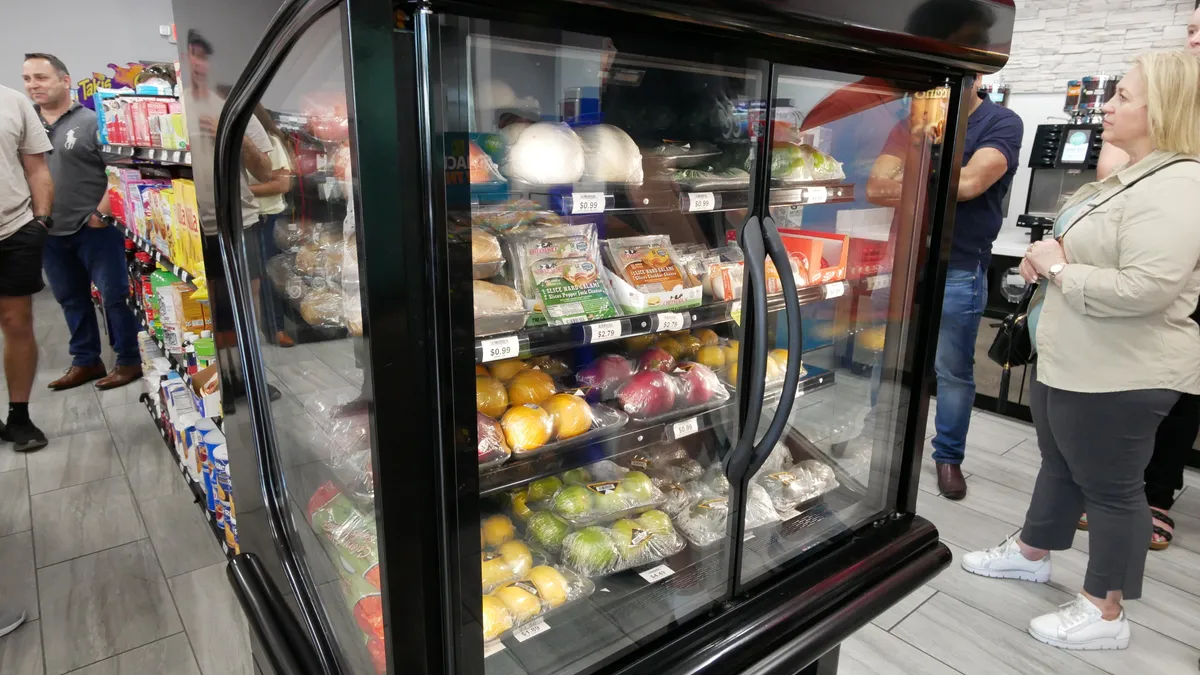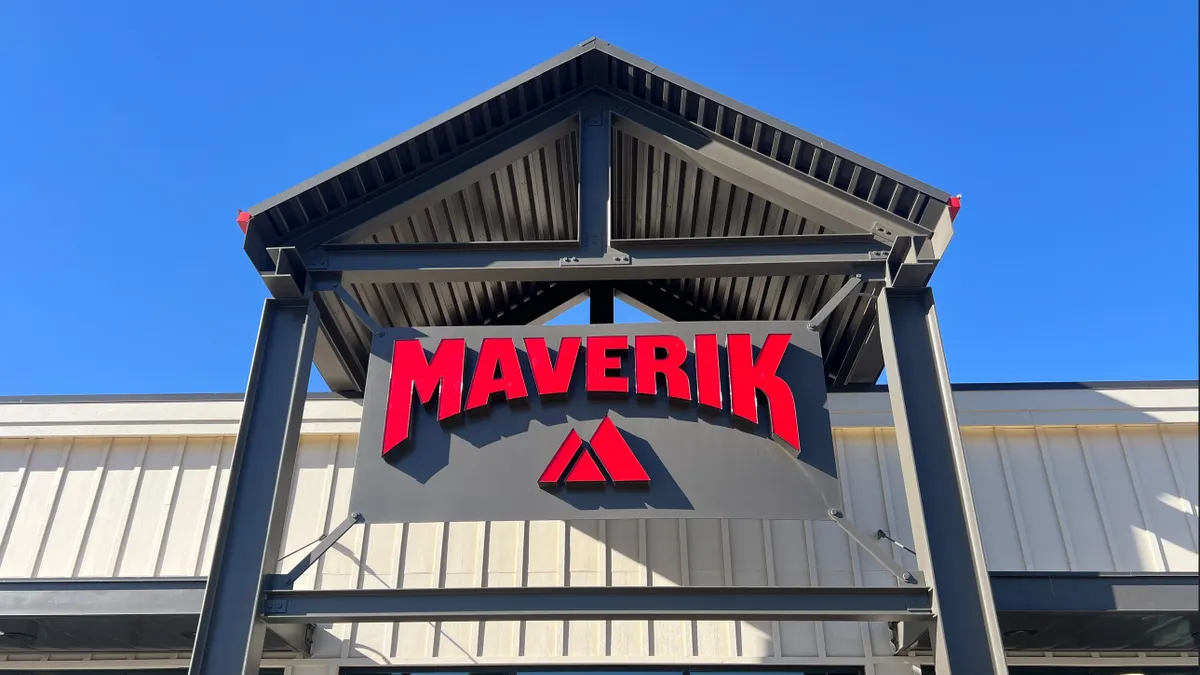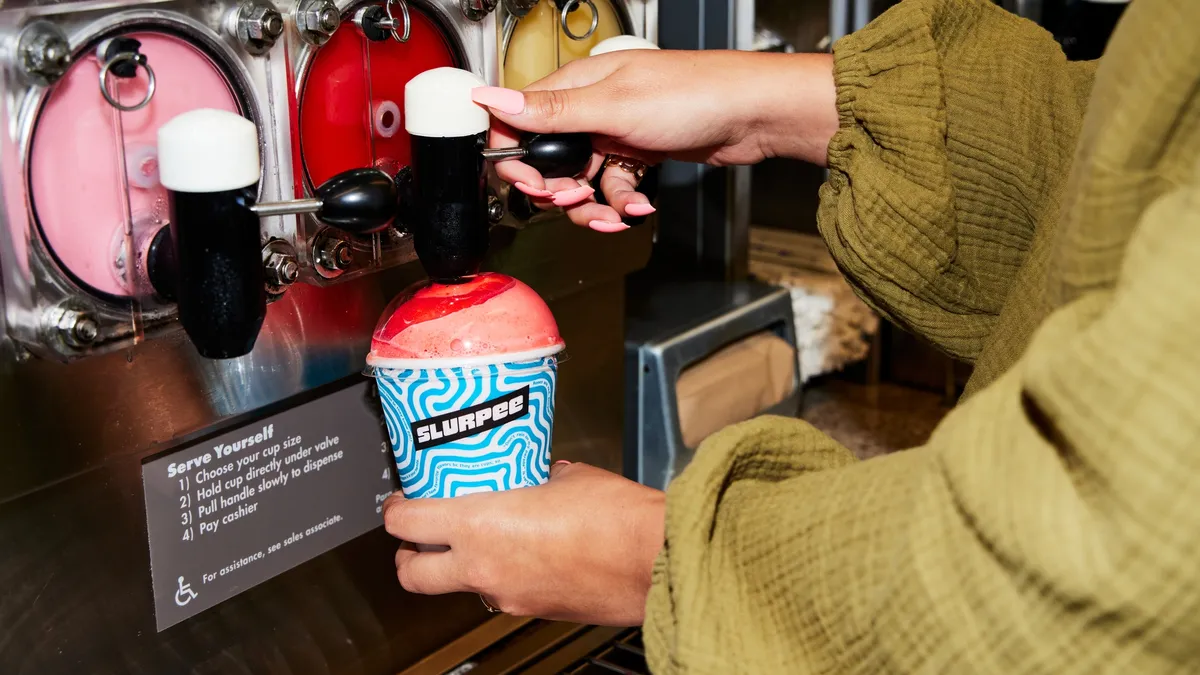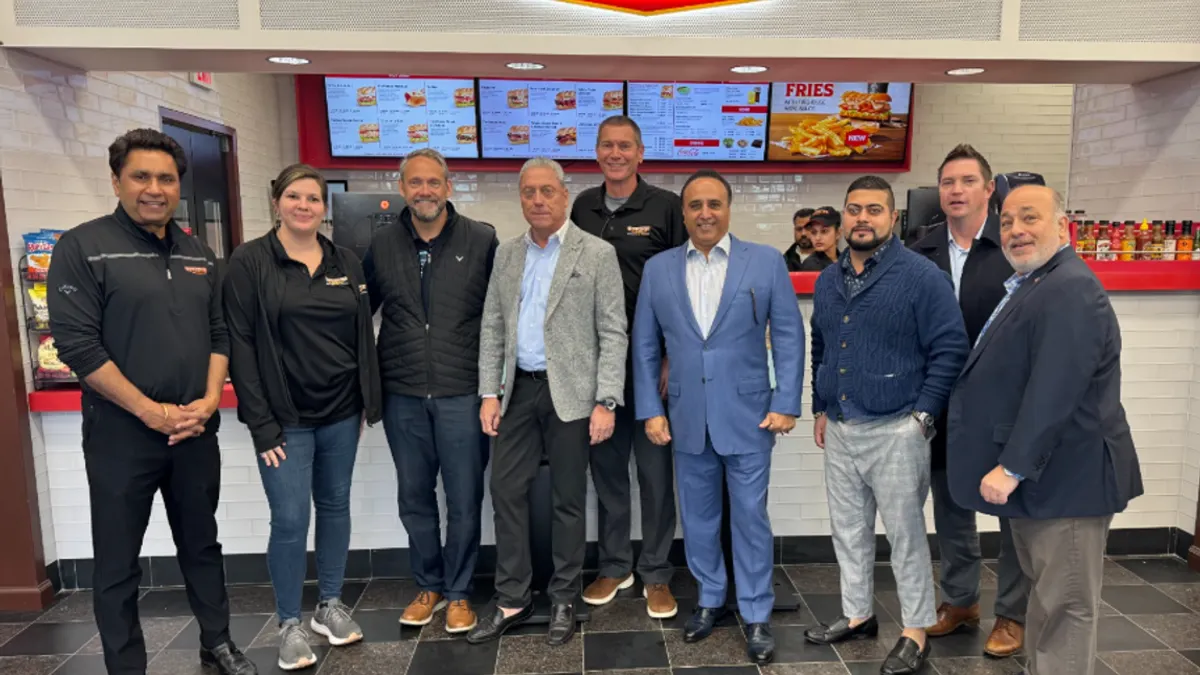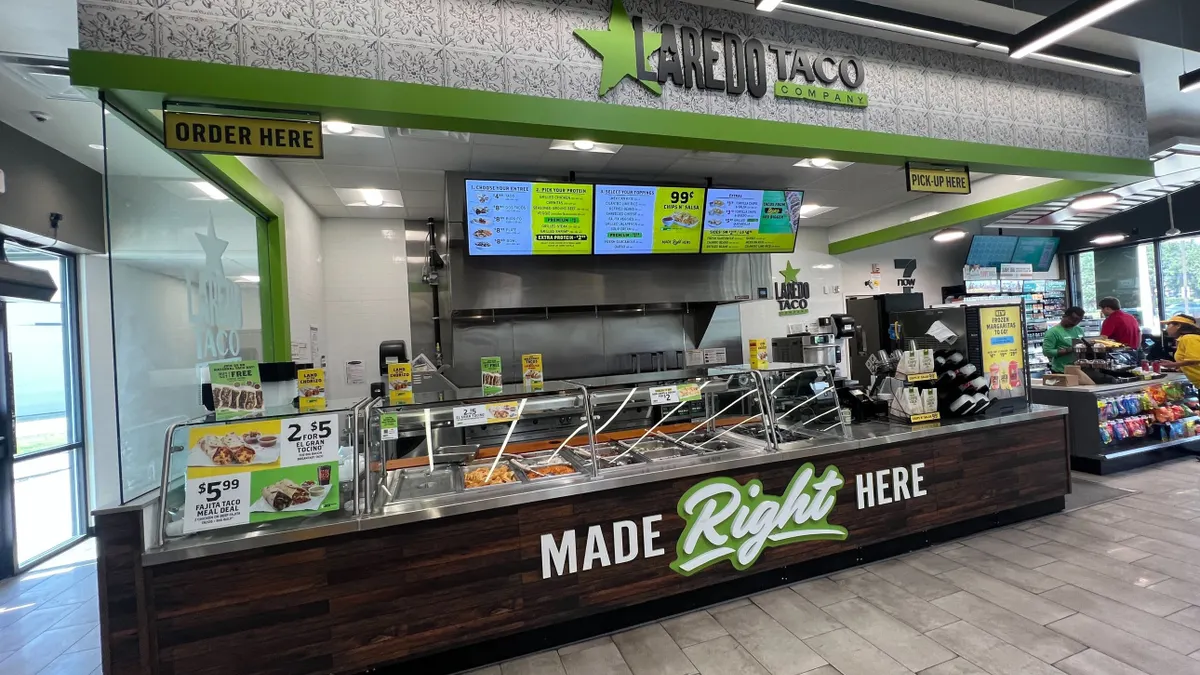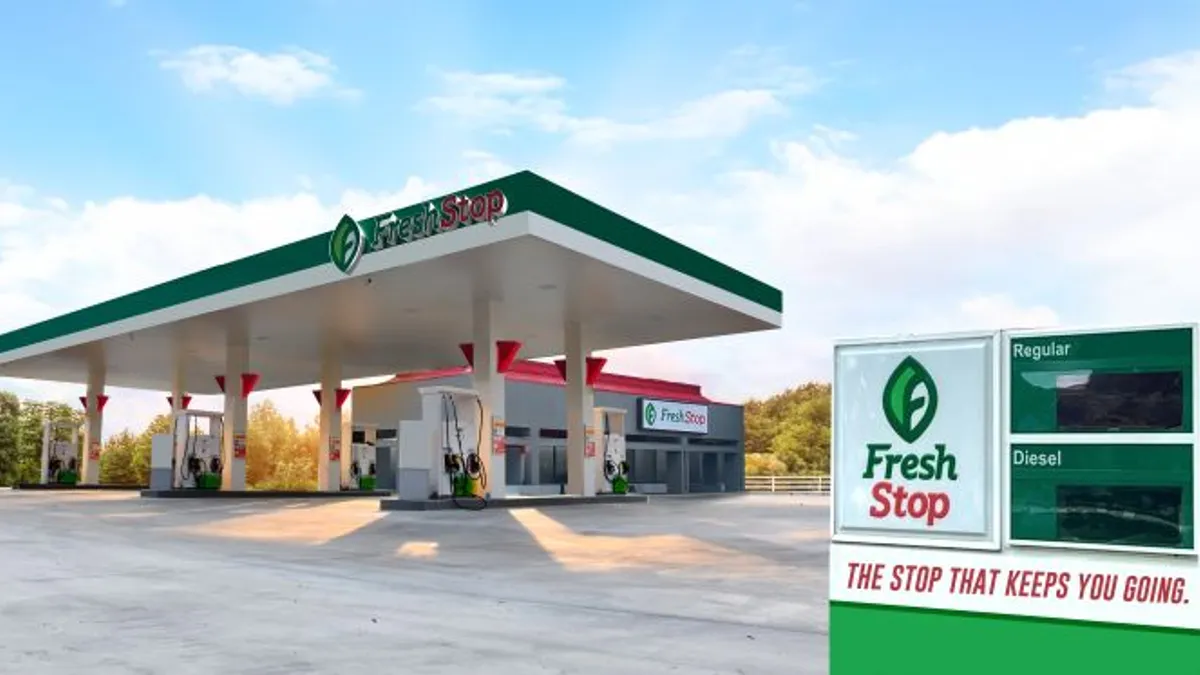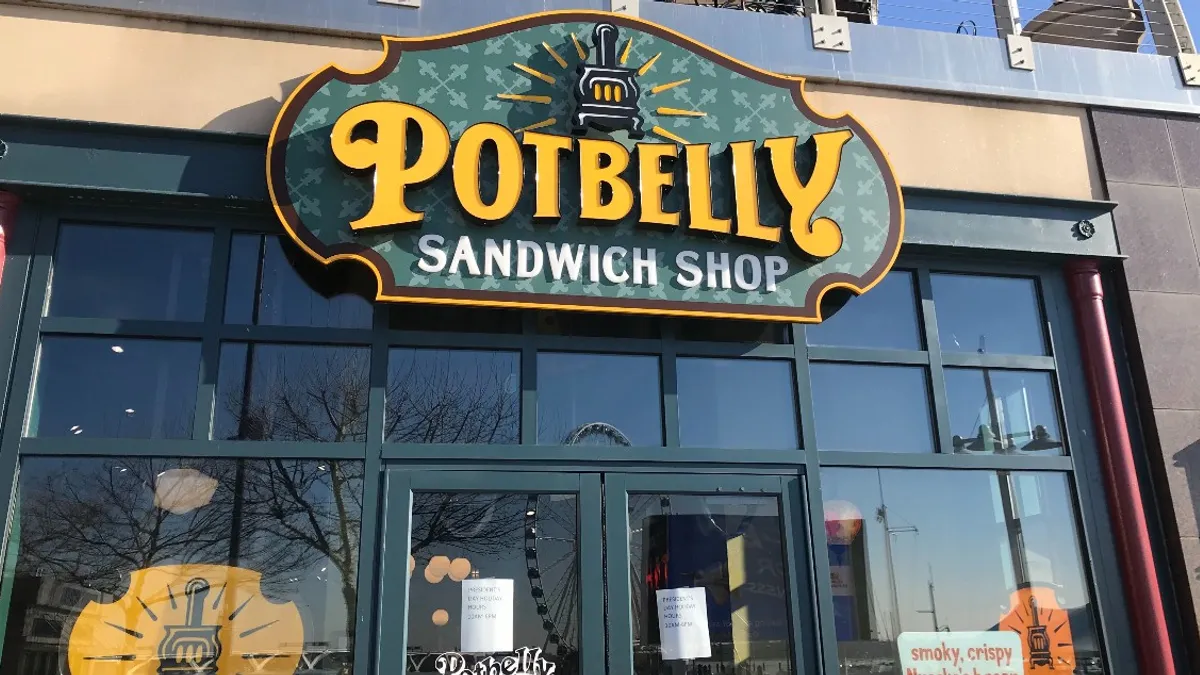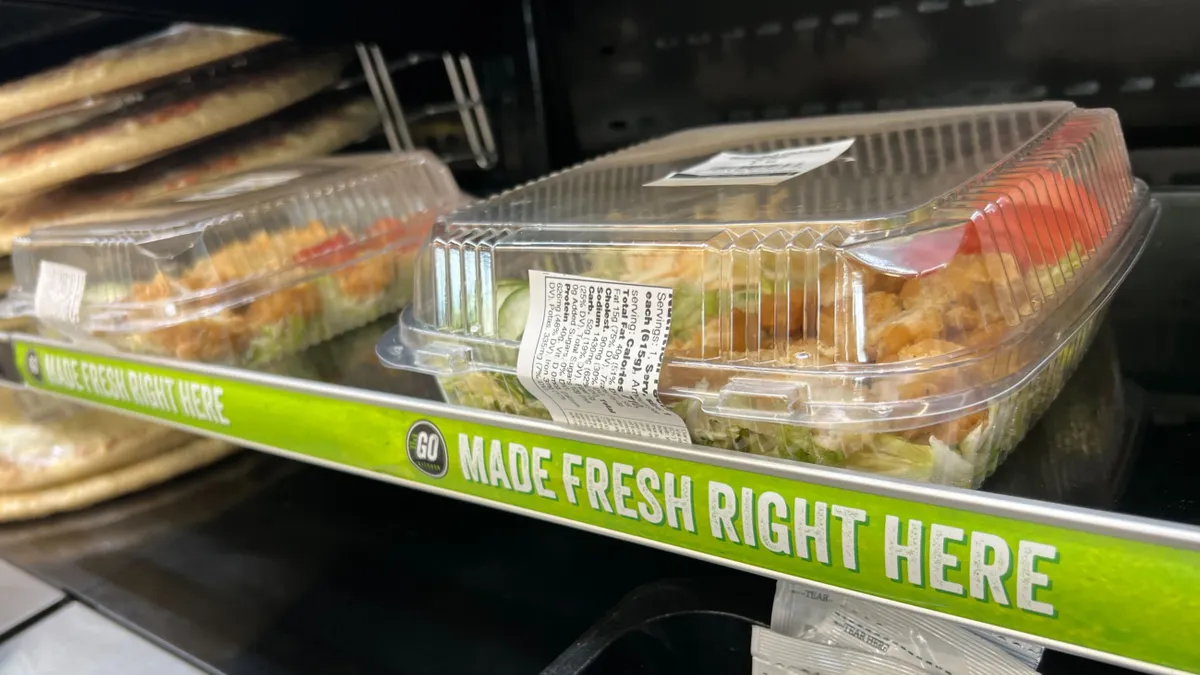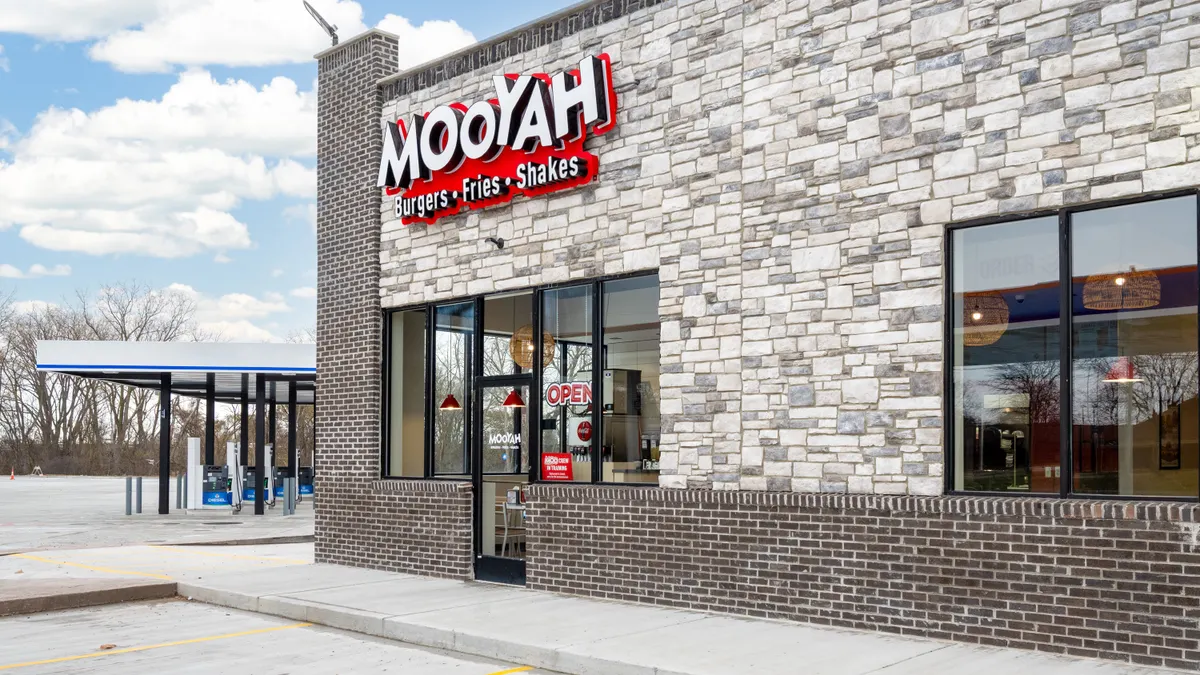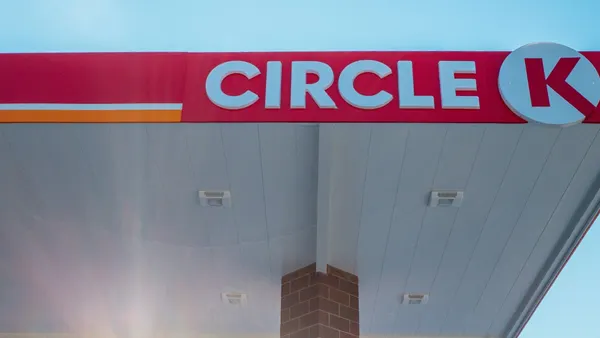Frank Beard is a longtime convenience retail enthusiast who currently works in marketing and customer experience at Standard AI. His column, The Road Ahead, examines innovation in the c-store industry.
It was nearly seven years ago that I spent a month eating exclusively at gas stations to prove that healthy options exist on the go. What led me to that point is a story for another time, but it was easier than you might think — except for one particularly rough week in rural Texas.
I stopped at nearly every gas station for hundreds of miles in search of something more interesting than mixed nuts, jerky and protein bars. I did encounter one store that sold a flagship cheeseburger called “The Chief,” but I didn’t feel like treating myself at the moment, since I was legitimately worried about going a week without eating anything green.
While I managed to scrounge together some reasonable options in the end, I often think about what it must be like for people who live in the areas I passed through. After all, I didn’t exactly see many grocery stores either.
Where do they go if they want to purchase or prepare a healthy meal?
The problem of America’s food deserts
That week in Texas was similar to what I experience every year when I cycle across Iowa during RAGBRAI, a week-long bicycle touring event that takes participants eastward from the Missouri River to the Mississippi River. Rarely do I encounter thriving local grocers in those small towns. Rather, the only options other than gas stations are usually dollar stores.
This is precisely why there’s a longstanding discussion about food deserts, or what the U.S. Department of Agriculture (USDA) now refers to as “low-income and low-access” areas. These areas are census tracts that meet specific income and distance-based criteria for limited access to affordable and nutritious food.
To be fair, the USDA’s methodology has attracted criticism since it relies on the distance to supercenters, supermarkets and large grocery stores while excluding small-format retail — like convenience stores — since it’s difficult to get consistent data on what they sell. Regardless, it’s fascinating to look at its map and see how many rural and urban census tracts may indeed have access issues.
Defining “healthy” is, of course, an entirely separate discussion. But while convenience retailers tend to get a bad rap for their longstanding role as purveyors of indulgence, few things sadden me more than seeing a small town reliant on a dollar store.
Having visited thousands of convenience stores across the U.S., I’ve seen how they can play a vital role in the culture and character of small towns, not just as a place for late-night snack runs, but sometimes as a vital third place interwoven into the social fabric of the town.
It’s also true that some of the most delicious food in the U.S. can be found inside convenience stores. There’s of course well-known examples like Round Rock, Texas’s High Country Market Bistro & GastroPub or Miami’s El Carajo. But there are also countless unassuming stores off the beaten path — like Dunn’s Country Store in Water Valley, Mississippi, whose barbecue was the highlight of a 2018 road trip. If I had to guess, I bet The Chief was pretty spectacular as well.

Dollar stores just don’t contribute to the culture and character of communities in the same way. And as one of my favorite YouTubers, TheWolfePit, regularly demonstrates, people forced to rely on dollar stores for groceries can even get stuck with low-quality products at high unit prices. Even something as innocuous as a “bacon wrapped chopped beef steak” might be highly processed, with 30% of the product being a solution of water and sodium.
That’s why when I look at the problem of food deserts, I truly believe convenience stores are in a position to step up and be part of the solution.
Healthy options in a familiar format
Here are four things to consider.
First, convenience stores already exist in many food deserts. Rather than build new infrastructure, why not try to work with what’s there right now?
Second, the prevalence of private ownership in this industry affords the latitude to experiment in ways that might be difficult — or not even in the realm of consideration — for publicly traded dollar stores. According to NACS, 60.2% of convenience stores are single-store operations. This means many are owned by local individuals with a vested interest in the health and well-being of their communities.
Even larger private convenience retailers have shown a willingness to invest the time and effort to do right by the people they serve. Yesway is a fantastic example. During a recent visit to a Yesway-owned Allsup’s in Azle, Texas, I observed a cooler packed full of fresh, quality produce that anyone would be lucky to have access to. One individual even walked in, quickly tossed a bag of potatoes over his shoulder, paid and walked out.
Ownership structure matters because it can take time to figure out what works. While some folks like to claim food deserts are a demand problem rather than a supply problem, that’s always struck me as intellectually lazy if not downright condescending. It’s a multifaceted problem with diverse variables ranging from affordability to established habits and other complex issues.
Third, convenience retailers have already demonstrated that small-format stores can function effectively as community marketplaces. Kwik Trip in particular has done this for many years throughout rural Wisconsin, Minnesota and Iowa. Even in the suburbs of Des Moines, Iowa, I’ve observed my own family members alter their purchasing behaviors due to the sudden appearance of a new Kwik Star. The ability to quickly grab staple items is a convenient alternative to walking around a 60,000-square-foot warehouse for 30 minutes.
And finally, the reality of the energy transition will force many convenience retailers to think like a real estate portfolio rather than a network of gas stations. The impact won’t be evenly distributed, of course — and the long-tail of fuel demand will be seen quite plainly in rural markets — but retailers will have to consider which formats are most relevant for different markets. For many urban and rural food deserts, a community marketplace with staple grocery products may indeed be what shoppers need.
At least that’s what I’m rooting for. Consider me optimistic, but I believe that those watered-down, bacon-wrapped mystery burgers will have some real competition in the near future.

